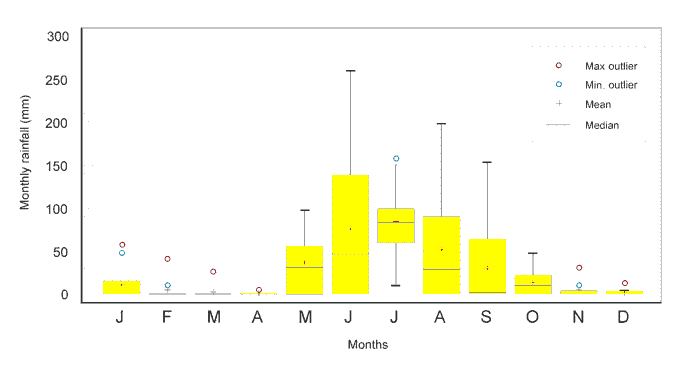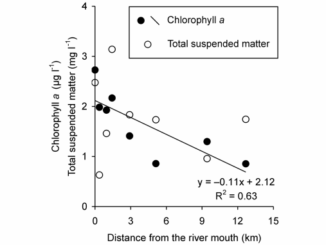
Paper category: Original research paper
Corresponding author: José Alfredo Arreola-Lizárraga (aarreola04@cibnor.mx)
DOI: 10.1515/ohs-2018-0031
Received: January 17, 2018
Accepted: April 19, 2018
Full text: here
Citation (APA style):
Abstract
We have examined enterococci concentrations in water and sand (dry and wet) at three semi-arid subtropical recreational beaches to assess public health risks. To determine the concentration of enterococci, water and sand samples were collected before, during and after the Easter Week (when the largest influx of users occurs), and in the wintertime. The lowest concentrations (< 100 MPN 100 ml-1) were recorded before the Easter Week, the highest concentrations (> 1500 MPN 100 ml-1) during and after the Easter Week, and concentrations < 500 MPN 100 ml-1 in the wintertime. Enterococci concentrations in sand were generally < 200 MPN 100 ml-1. Variability in enterococci concentrations can be explained by the influx of users during the Easter Week, rainfall runoff and the increase in water temperature after the Easter Week, as well as by winds and the presence of dogs and birds in the wintertime. The highest health risks occur during and after the Easter Week.


Be the first to comment